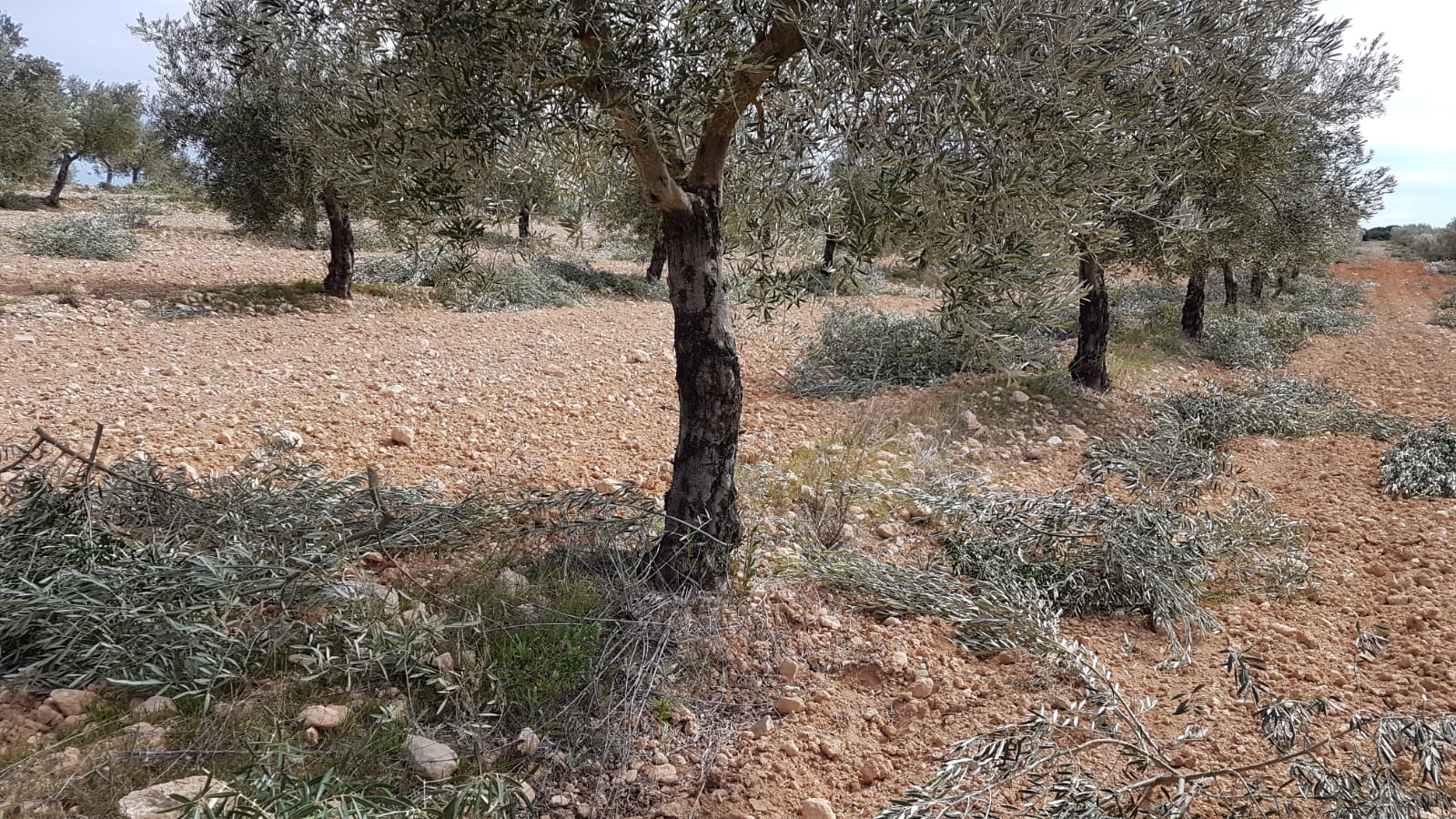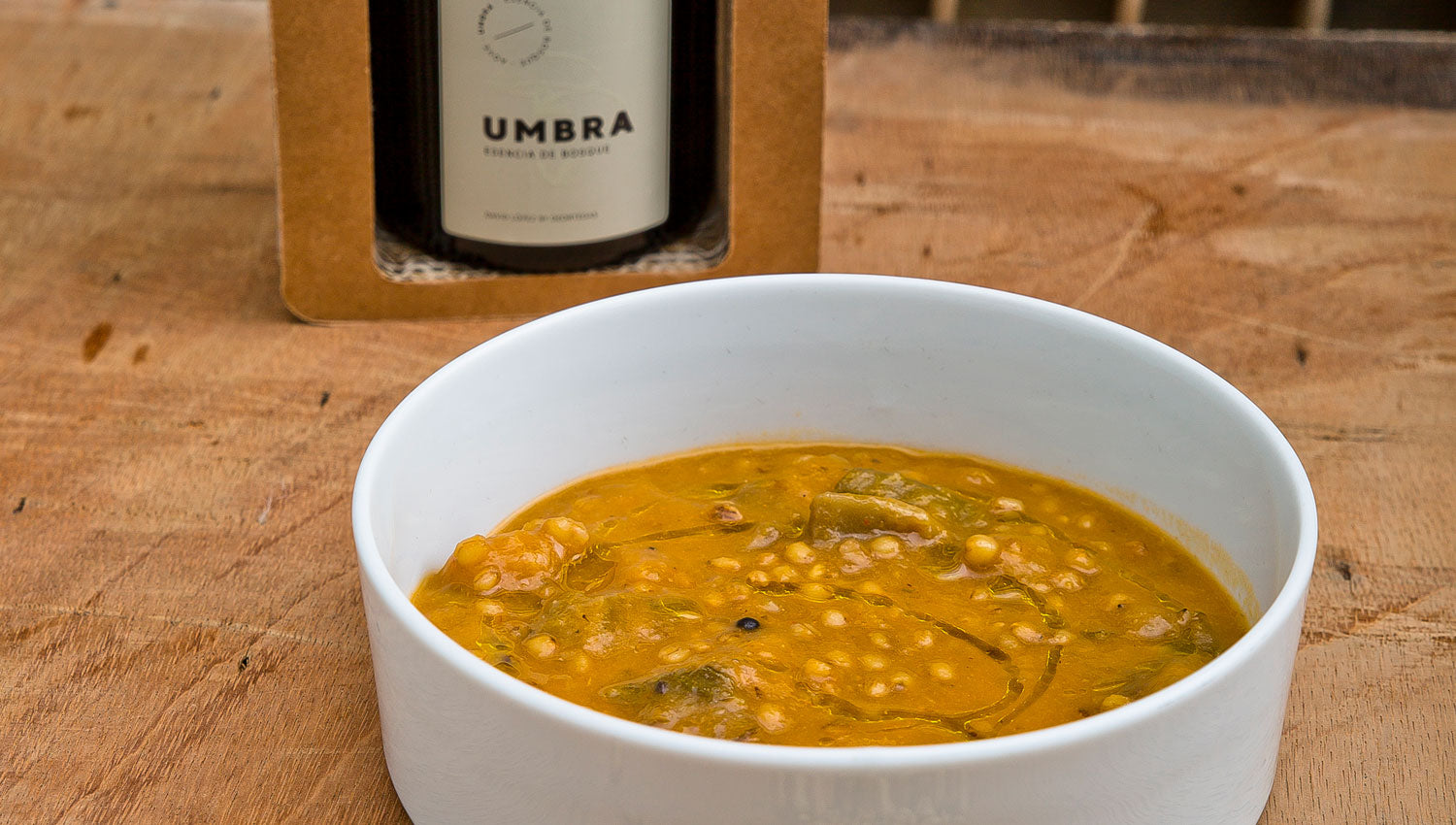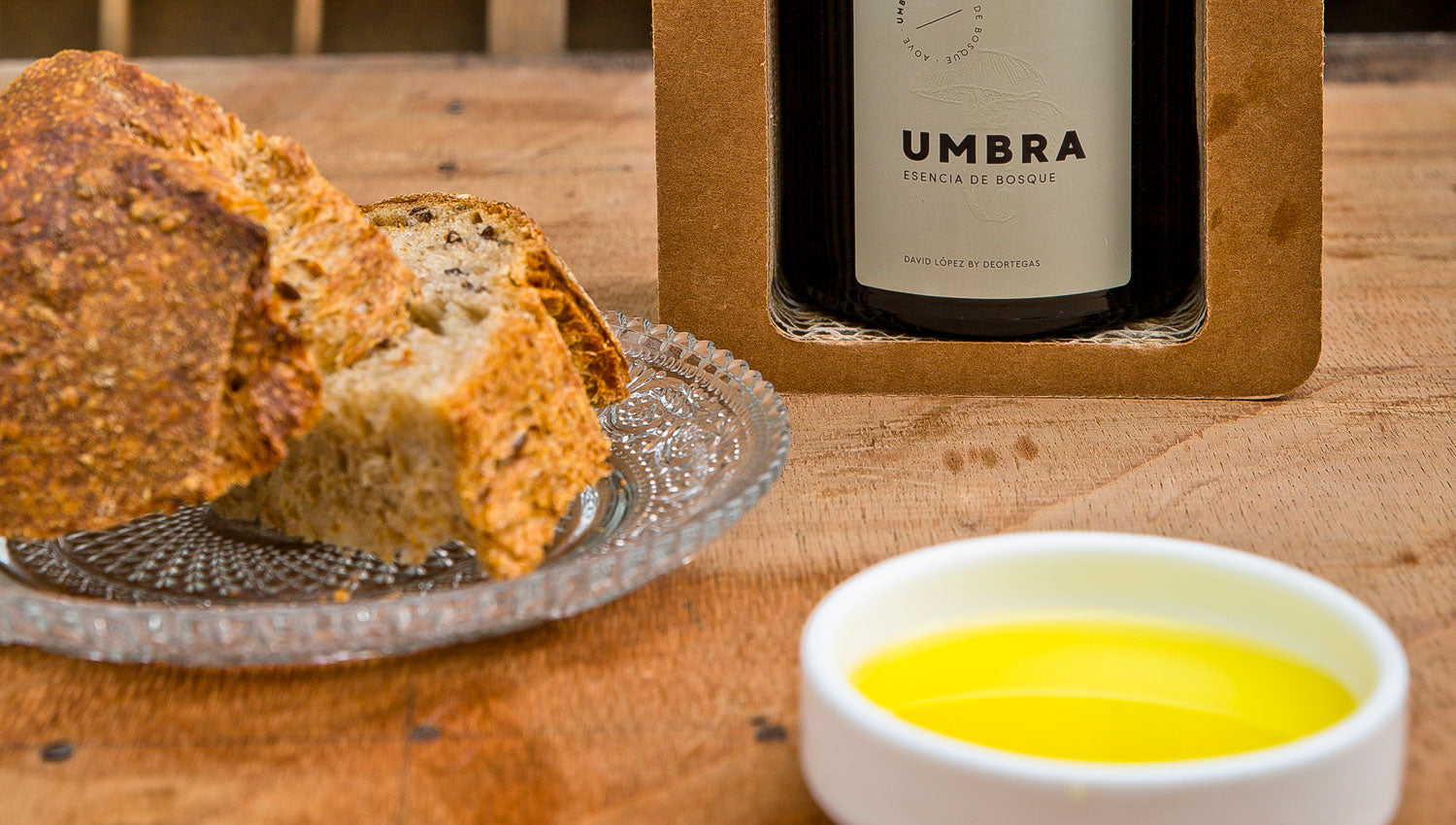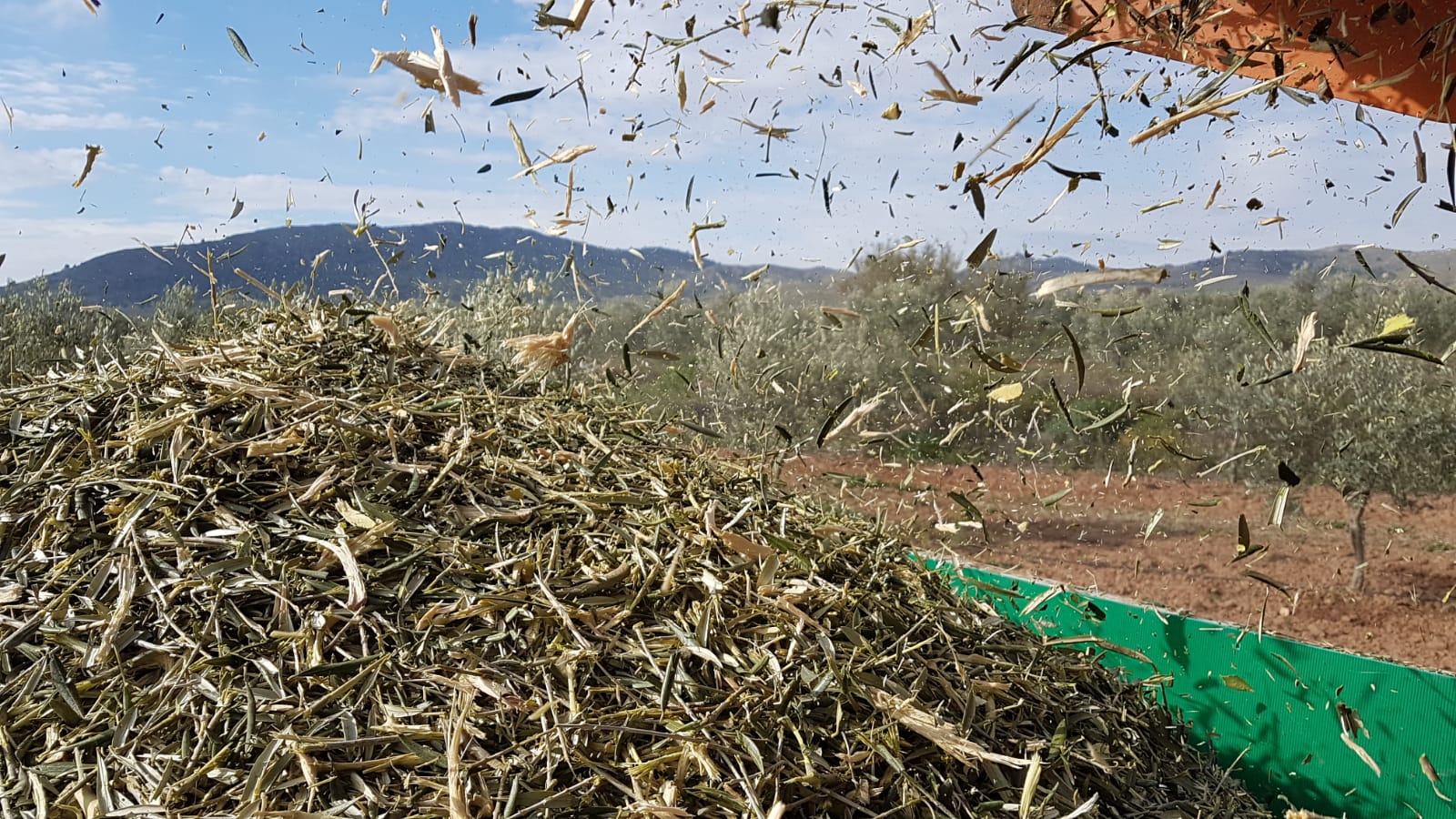
Pruning the olive tree "the elixir of (almost) eternal youth"
At Almazara Deortegas we have been dedicated to the organic cultivation of dryland olive groves for 30 years and 10 years producing our own oil. In all this time we have been understanding and verifying that one gets to know one's land and its crops through observation, researching and testing different techniques and practices until finding those that best adapt to the resources and conditions of the place.

We already know that the quality of the oil depends on all that field work, which is why for us pruning is, among others, a very important practice that we carry out with great care at the end of the harvest, seeking to refine the formula that works best over the years. in our olive trees and paying special attention to subsequent care so that the trees have a good and healthy continuation.
At the same time that we are pruning, we also shred all the pruned firewood to incorporate it back into the soil, thus recovering important nutrients in addition to the many other benefits it provides, but this is another interesting topic to which we will dedicate a space due to its importance.

We know that there are different types of pruning: training, production and renewal. The one we carry out will depend on different factors but above all on the age and condition of the olive tree. Here, we are not going to go into the different techniques of how and when to prune. There is already a lot of information about it, but we do want to convey the idea that the science of pruning is not only in what is removed but, above all, in what is going to be put in its place.
We could then say that pruning is the fundamental "art" to maintain balance in the olive grove.
The balance between the nature of the tree and the need of the olive grower, assuming the importance of observation and the use of good tools in the hands.
Balance between the amount of leaf and the amount of wood; We know that in the olive tree, as in all plants, the leaves are the organs that capture energy to maintain the tree and produce the harvest. And this capture depends directly on the total surface area exposed to the sun, the larger the crown of a tree, the greater the harvest it can carry.
Both propositions have an obvious limitation: the greater the leaf surface area and the greater the volume of the canopy, the greater the activity and the greater the transpiration, or what is the same: greater consumption of water and nutrients. Thus, there is a need for control to be exercised through pruning, to achieve the maximum volume of the crown and the leaf surface exposed to the sun, adapted to the environmental conditions of each olive grove.
Balance between the crown and the underground part that must be maintained since each main root feeds a branch of the same category.
Balance between light and shadow, the essential lighting for the leaves and the necessary shading of the branches ;

Balance between ventilation and leafiness; Seeking to achieve rejuvenated crowns, with volume adapted to the environment, ventilated (to avoid pests and diseases) and extended, with a wide leaf surface and well-sunny, is the only thing that should pursue good pruning.
Balance between precision and economy, pruning cannot be excessively expensive.
"It is clear that balance is not easy, it is not improvised, each olive grove has its point and you have to look for it, you try it, you adjust it and one day you find it..." (Manuel Pajarón Sotomayor, in his book " The ecological olive grove").



